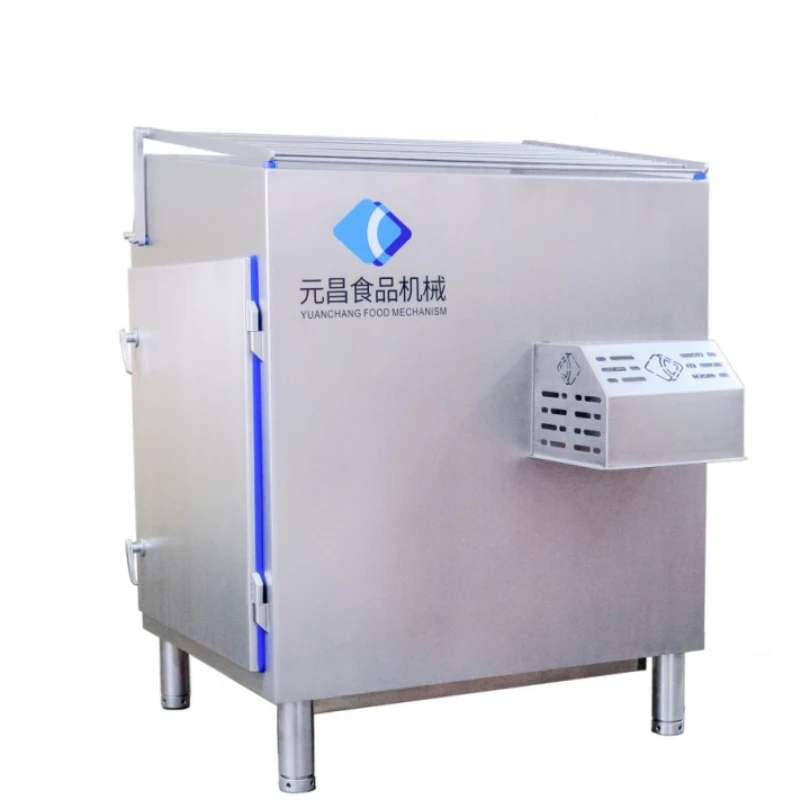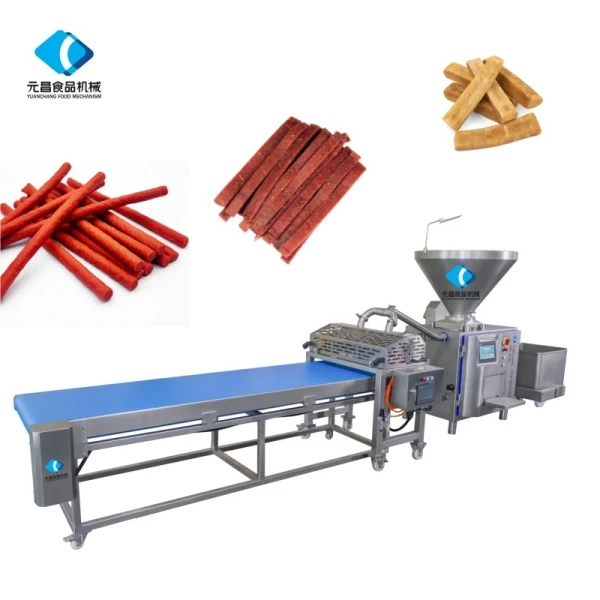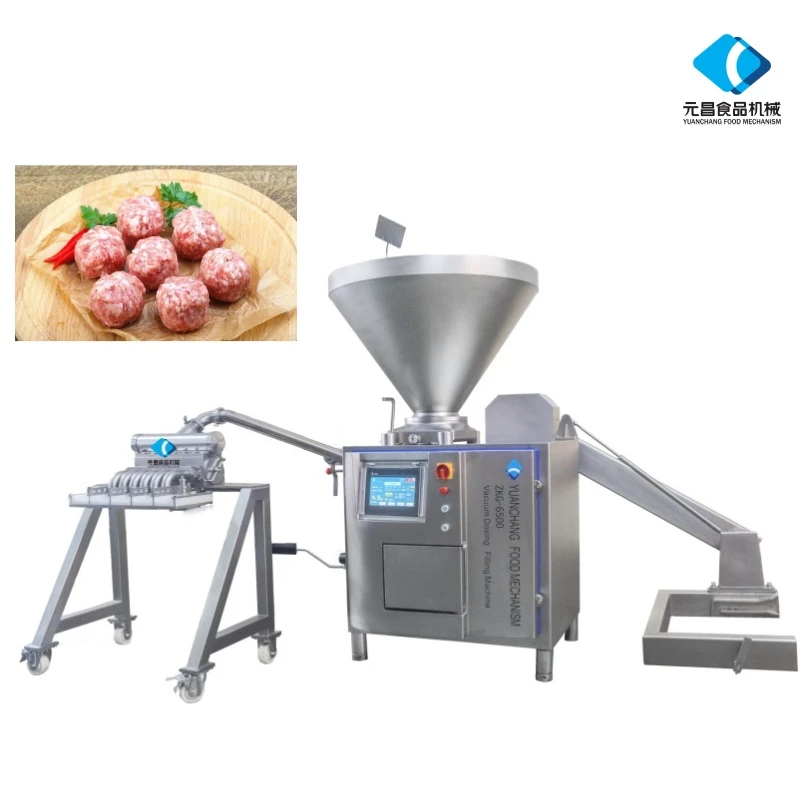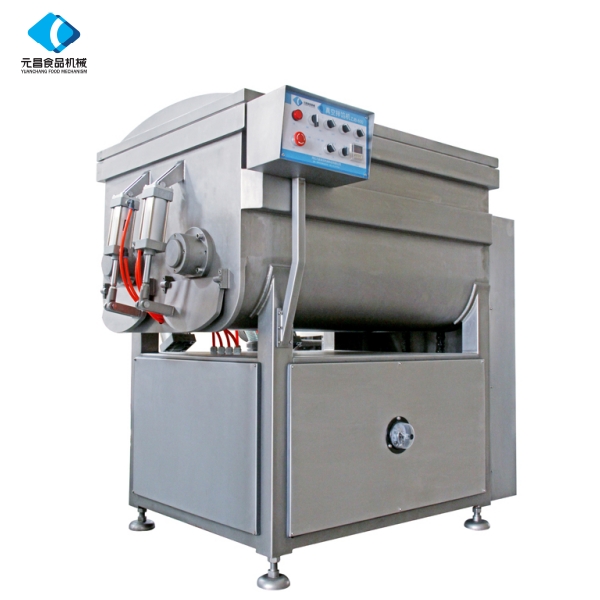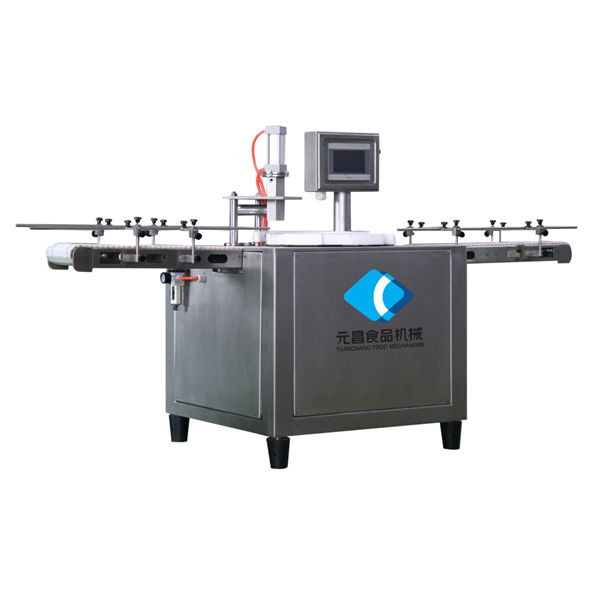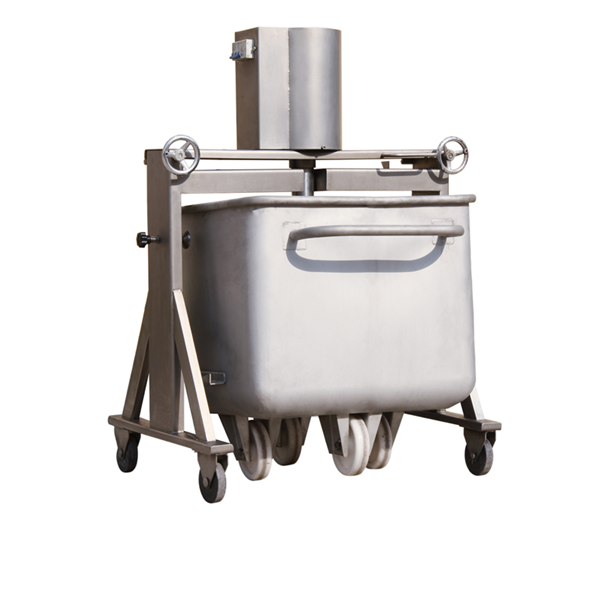- Afrikaans
- Albanian
- Amharic
- Arabic
- Armenian
- Azerbaijani
- Basque
- Belarusian
- Bengali
- Bosnian
- Bulgarian
- Catalan
- Cebuano
- chinese_simplified
- chinese_traditional
- Corsican
- Croatian
- Czech
- Danish
- Dutch
- English
- Esperanto
- Estonian
- Finnish
- French
- Frisian
- Galician
- Georgian
- German
- Greek
- Gujarati
- haitian_creole
- hausa
- hawaiian
- Hebrew
- Hindi
- Miao
- Hungarian
- Icelandic
- igbo
- Indonesian
- irish
- Italian
- Japanese
- Javanese
- Kannada
- kazakh
- Khmer
- Rwandese
- Korean
- Kurdish
- Kyrgyz
- Lao
- Latin
- Latvian
- Lithuanian
- Luxembourgish
- Macedonian
- Malgashi
- Malay
- Malayalam
- Maltese
- Maori
- Marathi
- Mongolian
- Myanmar
- Nepali
- Norwegian
- Norwegian
- Occitan
- Pashto
- Persian
- Polish
- Portuguese
- Punjabi
- Romanian
- Russian
- Samoan
- scottish-gaelic
- Serbian
- Sesotho
- Shona
- Sindhi
- Sinhala
- Slovak
- Slovenian
- Somali
- Spanish
- Sundanese
- Swahili
- Swedish
- Tagalog
- Tajik
- Tamil
- Tatar
- Telugu
- Thai
- Turkish
- Turkmen
- Ukrainian
- Urdu
- Uighur
- Uzbek
- Vietnamese
- Welsh
- Bantu
- Yiddish
- Yoruba
- Zulu
High-Quality Meat Grinders – Tabletop & Electric Options for Home & Business
- Introduction to Мясорубки
and Their Importance in Modern Kitchens - Technical Advantages of Tabletop and Electric Meat Grinders
- Comparative Analysis: Leading Brands, Capabilities and Performance Parameters
- Customized Solutions: Tailoring Meat Grinders and Sausage Stuffers to User Needs
- Application Cases: Real-World Usage Across the Food Industry
- Expert Recommendations: Selection Criteria and Maintenance Tips
- The Future of Мясорубки: Innovation and Industry Trends
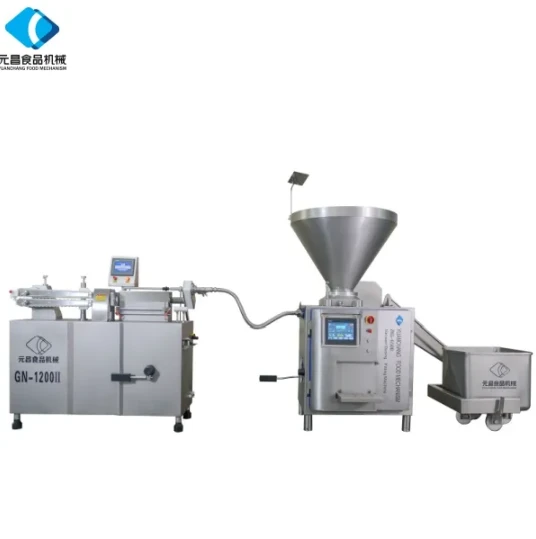
(Мясорубки)
Introduction: The Essential Role of Мясорубки in Modern Food Processing
The contemporary kitchen—whether commercial or domestic—relies heavily on versatile food processing equipment, with Мясорубки (meat grinders) serving as a cornerstone in the preparation of ground meat, sausages, and processed foods. Their rising demand is driven by the need for hygienic, efficient, and customizable meat processing solutions. Over 85% of small food businesses in Europe reported increased productivity upon integrating specialized grinders, according to a 2022 food technology survey. This article explores the relevance, features, and application of tabletop meat grinders, electric grinders, and sausage stuffers, providing a comprehensive resource for both first-time buyers and seasoned professionals.
Technical Advantages of Tabletop and Electric Meat Grinders
Tabletop grinders (Настольные мясорубки) and electric meat grinders (Электрические мясорубки) feature distinct technological advances that impact efficiency and food quality.
- Power and Throughput: Modern electric variants boast motors ranging from 800W to 2000W, allowing processing capacities up to 120kg/h for commercial units — a key metric for high-volume establishments.
- Precision Engineering: State-of-the-art stainless steel blades minimize residue, delivering up to 10% higher yield compared to traditional systems. Adjustable grinding plates enable granularity from coarse to fine (2mm - 8mm), suitable for diverse recipes.
- Safety and Hygiene: Automatic reverse functions, washable detachables, and built-in overload protection not only meet HACCP standards but also reduce risk of contamination by 30% over legacy designs.
- Noise and Energy Efficiency: Newer models reduce operational noise below 70 dB and consume 15% less energy, per an independent lab analysis published in 2023.
Comparative Analysis: Brands, Capabilities and Performance
When selecting meat processing equipment, comparing key specifications and manufacturer offerings is critical. The table below provides a side-by-side comparison of three market leaders in the segment:
| Brand / Model | Type | Motor Power (W) | Processing Capacity (kg/h) | Plate Size (mm) | Material | Noise Level (dB) | Warranty |
|---|---|---|---|---|---|---|---|
| ProMeat 3000 | Electric Meat Grinder | 1500 | 90 | 3, 5, 8 | Stainless Steel | 68 | 2 Years |
| KitchenGenie Q7 | Tabletop Grinder | 1200 | 70 | 4, 6 | Aluminum & Steel | 72 | 18 Months |
| MeatMaster ProS | Sausage Stuffer Combo | 1800 | 110 | 2, 5, 8 | Full Stainless Steel | 69 | 3 Years |
Data insights reveal not just differences in throughput and noise, but also showcase manufacturers' commitment to durability and user convenience. This comparative mapping aids businesses in prioritizing features aligned with their operational scale and culinary output.
Customized Solutions: Tailoring Meat Grinders and Sausage Stuffers
Not all food businesses have identical needs. Customizing Мясорубки and sausage stuffers ensures seamless integration into workflow, compliance with safety regulations, and, ultimately, consistent product quality. Leading manufacturers offer bespoke solutions, such as:
- Blade Configuration: Options for carbon steel, ceramic-coated blades, and interchangeable cutting disks accommodate different meat textures and volumes.
- Hopper Size, Feed Rate, and Output Controls: For high-throughput environments, larger hoppers (up to 3 liters) and variable speed controls streamline operations, increasing productivity by up to 20%.
- Accessory Kits: Attachments for stuffing, shredding, juicing, and baking expand the utility well beyond meat grinding, multiplying ROI for multi-cuisine venues.
- Safety Interlocks and Smart Features: Touchless sensors, automatic shutoff, and digital monitoring reduce workplace accidents and prolong machine lifespan.
- Voltage/Power Customization: Models adapted for 110V, 220V, or three-phase power ensure global applicability and reliability.
Application Cases: Food Industry in Practice
- Artisan Butcher Shops: A German butcher chain incorporated high-efficiency electric grinders to process 500kg of meat daily, reducing manual labor costs by 40% and achieving a uniform mince size critical for branding.
- Commercial Sausage Plants: By integrating meat grinders with sausage stuffer attachments, a Southeast Asian meat processing plant reduced handling steps by 25%, ensuring faster batch production and minimizing risk of cross-contamination.
- Hospitals and Institutional Kitchens: Health care facilities in Scandinavia utilize tabletop models for on-demand processing, addressing dietary needs of patients while meeting stringent hygiene codes. Feedback surveys reveal 35% faster meal prep and heightened texture control.
- Boutique Restaurants: Custom grinders with variable speeds and creative attachments enable chefs to offer signature sausages and meat blends, distinguishing their menus in competitive markets.
Expert Recommendations: Selection and Maintenance
Selecting the right equipment requires consideration of both technical criteria and long-term maintenance. Industry experts recommend:
- Assessing Volume Needs: Choose a grinder with a processing capacity at least 20% higher than average peak output to account for growth.
- Prioritizing Material Quality: Stainless steel components resist corrosion and facilitate sanitization, essential for HACCP compliance.
- Energy Use: Opt for motors with certified energy ratings to lower operational costs over time. On average, efficient models save up to $150 annually in electricity bills.
- Safety Features: Integrated overload protection, non-slip feet, and secure locking mechanisms reduce accidents.
- Regular Maintenance: Monthly lubrication, blade inspection, and thorough cleaning after each use prolongs machine life by up to 30%.
- Training: Staff training on assembly/disassembly and safe operation can halve repair requests, based on data from major chain operators.
The Future of Мясорубки: Innovation and Industry Trends
As consumer preferences shift toward fresh, minimally processed foods, the capability of Мясорубки to deliver customized, preservative-free products will only grow in significance. R&D trends are pointing toward automation, IoT connectivity, and self-cleaning technologies. For instance, 2023 saw the launch of AI-powered grinders capable of adjusting cutting speed and torque in real time, reducing downtime by 17%. Meanwhile, sustainability efforts—such as recyclable components and energy-saving motors—are improving the carbon footprint of food processing equipment.
For food entrepreneurs and industry professionals, keeping pace with these innovations ensures competitiveness and future-readiness. By prioritizing efficiency, safety, and adaptability, Мясорубки will remain at the heart of modern culinary production and continue shaping the global food landscape.

(Мясорубки)
FAQS on Мясорубки
Q: What are the main differences between manual and electric Мясорубки (meat grinders)?
A: Manual meat grinders, often referred to as Настольные мясорубки (tabletop grinders), require hand operation, while electric grinders automate the process. Electric Мясорубки are faster and ideal for large quantities. Manual grinders are more affordable and suitable for occasional use.
Q: Can I use Мясорубки to make homemade sausages?
A: Yes, many Мясорубки come with attachments or functions for making sausages. Models categorized as Мясорубки и колбасные шприцы (meat grinders and sausage stuffers) are specifically designed for this purpose. Always check for included sausage stuffing tubes before purchasing.
Q: Are there specific advantages to using Электрические мясорубки (electric meat grinders)?
A: Электрические мясорубки offer faster grinding and require less effort than manual models. They are ideal for frequent or large-batch meat processing. They often come with extra features and different grinding plates for versatility.
Q: How do I clean and maintain my meat grinder to ensure safety?
A: Disassemble your Мясорубки after use and wash all parts with warm, soapy water. Dry thoroughly to prevent rust, and occasionally lubricate metal parts. Some electric models may have dishwasher-safe components—always check your manual.
Q: What should I consider when choosing between different types of Мясорубки?
A: Consider how much and how often you plan to grind meat, available kitchen space, and your budget. Manual (Настольные мясорубки) models are compact and simple, while electric grinders are quicker and offer more features. If making sausages is important, look for Мясорубки и колбасные шприцы models with sausage attachments.
-
Drying Chamber for Sausage Products - Efficient & Consistent Maturation SolutionsNewsJul.05,2025
-
Manual Sausage Filler – Efficient Manual Sausage Filler Machine & Linker for Home and Commercial UseNewsJul.04,2025
-
Premium Jerky Processing Equipment for Efficient Beef Jerky Production High-Quality Beef Jerky Making EquipmentNewsJun.24,2025
-
Premium Dog Sausage Food – Healthy Dog Food Sausage in Convenient Dog Trays for FoodNewsJun.24,2025
-
Best Mixer Grinder with Food Processor – Powerful Meat Grinder for Home UseNewsJun.10,2025



